Home>Furniture & Design>Interior Design Trends>What Is The Melting Point Of Glass
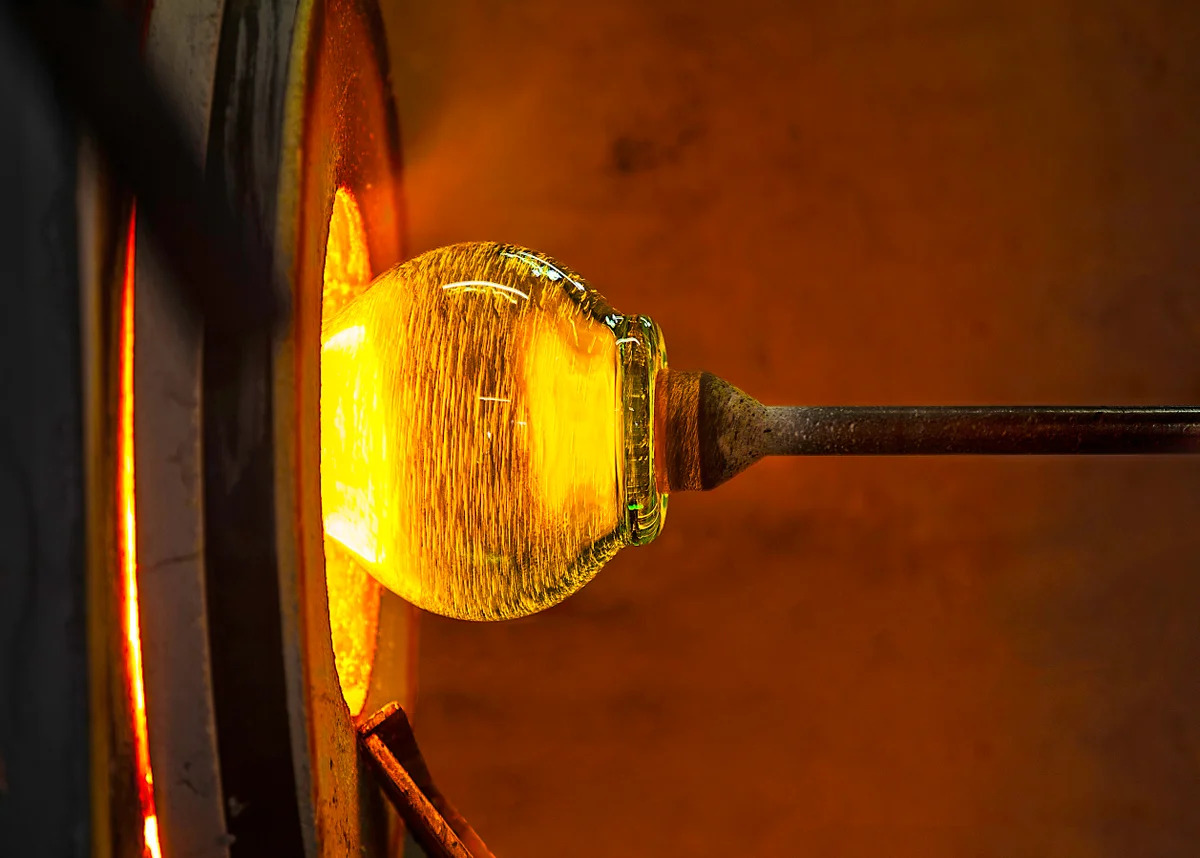

Interior Design Trends
What Is The Melting Point Of Glass
Modified: February 18, 2024
Discover the latest interior design trends and learn about the melting point of glass. Stay updated with the latest in interior design and glass materials. Explore more!
(Many of the links in this article redirect to a specific reviewed product. Your purchase of these products through affiliate links helps to generate commission for Storables.com, at no extra cost. Learn more)
Introduction
The melting point of glass is a critical factor in understanding the behavior and properties of this versatile material. Glass, a non-crystalline amorphous solid, undergoes a unique transformation when exposed to heat, making its melting point a subject of fascination for scientists, engineers, and artists alike. This pivotal temperature at which glass transitions from a solid to a liquid state holds profound implications for various applications, ranging from manufacturing processes to artistic endeavors.
Understanding the melting point of glass is essential for optimizing production techniques, ensuring the durability of glass products, and exploring innovative design possibilities. Moreover, this knowledge enables artisans to harness the transformative nature of glass, creating intricate and captivating works of art that captivate the imagination.
The exploration of the melting point of glass unveils a world of scientific inquiry and creative expression, offering a glimpse into the remarkable properties and potential of this remarkable material. As we delve into the definition, influencing factors, and practical implications of the melting point of glass, we embark on a journey that illuminates the profound impact of this temperature on the artistry, functionality, and ingenuity of glass-based creations.
Key Takeaways:
- Glass has a unique melting point, transitioning from solid to liquid gradually. Understanding this helps create durable products and stunning art, shaping the way we use glass.
- Different types of glass have distinct melting points, influencing their use in everyday items and specialized applications. Knowing these points helps optimize production and explore new possibilities.
Read more: How To Melt Glass
Definition of Melting Point
The melting point of a substance, including glass, refers to the specific temperature at which it transitions from a solid state to a liquid state. In the context of glass, this pivotal temperature signifies the point at which the amorphous structure of the material begins to lose its rigidity and transforms into a viscous fluid. Unlike crystalline solids, which exhibit a distinct and well-defined melting point, glass undergoes a gradual softening process as it approaches its melting temperature.
At the molecular level, the melting point of glass is intricately linked to the arrangement and behavior of its constituent atoms and molecules. When subjected to increasing heat, the kinetic energy of these particles intensifies, causing them to overcome the intermolecular forces that maintain the solid-state structure. As the temperature rises, the glass material gradually transitions from a rigid, ordered arrangement to a more disordered, fluid-like state.
The concept of the melting point is fundamental to the understanding of material science and plays a pivotal role in various industrial and artistic applications. For glass manufacturers, precise knowledge of the melting point is essential for controlling the fabrication process, ensuring the desired viscosity for shaping and forming, and ultimately producing high-quality glass products. In the realm of art and design, the melting point of glass serves as a guiding principle for artisans seeking to manipulate this material's transformative properties to create stunning and intricate works of art.
The significance of the melting point extends beyond its scientific and technical implications, permeating the realms of creativity and innovation. By comprehending the behavior of glass at its melting point, individuals can unlock a world of artistic possibilities, pushing the boundaries of traditional glasswork and exploring new avenues for self-expression and aesthetic exploration.
In essence, the definition of the melting point of glass encapsulates the delicate balance between structure and fluidity, offering a glimpse into the remarkable transformation that occurs when this material is subjected to heat. This fundamental concept serves as a cornerstone for both scientific inquiry and artistic expression, shaping the way we perceive and harness the unique properties of glass in a myriad of applications.
Factors Affecting the Melting Point of Glass
The melting point of glass is influenced by a myriad of factors that intricately shape its behavior and properties. Understanding these influential elements is crucial for comprehending the complex nature of glass and its response to thermal conditions. Several key factors contribute to the determination of the melting point of glass:
-
Chemical Composition: The chemical composition of glass plays a pivotal role in defining its melting point. Different types of glass, such as soda-lime glass, borosilicate glass, and lead glass, exhibit distinct melting points due to variations in their elemental composition. For instance, the addition of specific oxides, such as boron oxide in borosilicate glass, can elevate the melting point and enhance thermal resistance.
-
Impurities and Additives: The presence of impurities and additives can significantly impact the melting behavior of glass. Certain impurities may lower the melting point, while specific additives, such as colorants or strengthening agents, can alter the thermal characteristics of the glass matrix, thereby influencing its melting behavior.
-
Heating Rate and Duration: The rate at which glass is heated, as well as the duration of exposure to elevated temperatures, can affect its melting point. Gradual heating allows for more uniform softening and viscosity control, while rapid heating may lead to uneven softening and potential thermal stress within the material.
-
Thermal History: The thermal history of glass, including its previous exposure to heat and cooling cycles, can influence its melting behavior. Glass that has undergone repeated thermal treatments may exhibit altered melting characteristics due to structural changes and internal stresses.
-
Crystallization: The potential for crystallization within the glass matrix can impact its melting point. Crystalline phases may form at specific temperatures, altering the overall thermal response of the material and affecting its transition from a solid to a liquid state.
-
Pressure and Atmosphere: The ambient pressure and atmospheric conditions during the heating process can influence the melting behavior of glass. Variations in pressure and the presence of specific gases can modify the material's softening and flow properties, thereby affecting its melting point.
By considering these influential factors, scientists, engineers, and artisans can gain a comprehensive understanding of the complex interplay of elements that define the melting point of glass. This knowledge serves as a cornerstone for optimizing glass manufacturing processes, developing innovative glass formulations, and exploring the artistic potential of this remarkable material.
The melting point of glass is around 1400-1600°C (2552-2912°F). This is the temperature at which glass transitions from a solid to a liquid state.
The Melting Point of Different Types of Glass
The melting point of glass varies significantly across different types of glass, reflecting the diverse compositions and properties inherent to each variant. Understanding the distinct melting characteristics of various glass types is essential for tailoring manufacturing processes, optimizing thermal treatments, and harnessing the unique properties of each glass category. Here, we delve into the melting points of select glass types, shedding light on their thermal behavior and industrial significance.
-
Soda-Lime Glass:
- This widely used glass type, composed of silica, soda ash, and lime, typically exhibits a melting point in the range of 1500°C to 1600°C. The addition of sodium and calcium compounds contributes to its relatively low melting temperature, making it well-suited for mass production and common household applications.
-
Borosilicate Glass:
- Renowned for its exceptional thermal resistance and low coefficient of thermal expansion, borosilicate glass boasts a higher melting point compared to soda-lime glass. With a melting temperature ranging from 1640°C to 1710°C, this type of glass is favored for laboratory equipment, cookware, and high-temperature applications.
-
Lead Glass:
- Incorporating lead oxide into the glass composition results in a notable reduction in the melting point, typically falling within the range of 800°C to 900°C. This lowered melting temperature facilitates the production of intricate crystal glassware and decorative items, where the malleability of lead glass is leveraged for intricate shaping and design.
-
Aluminosilicate Glass:
- Engineered for exceptional mechanical strength and thermal shock resistance, aluminosilicate glass exhibits a melting point that can surpass 2000°C. This high-temperature resilience makes it a preferred choice for specialized applications, including high-performance windows, protective coverings, and aerospace components.
-
Fused Silica Glass:
- With a melting point exceeding 1700°C, fused silica glass, also known as quartz glass, showcases exceptional purity and thermal stability. Its ability to withstand extreme temperatures and harsh environments renders it indispensable in semiconductor manufacturing, optical components, and high-precision scientific instruments.
By comprehending the distinct melting points of these diverse glass types, manufacturers, researchers, and artisans can tailor their approaches to suit the specific requirements of each material. This nuanced understanding enables the optimization of production techniques, the development of tailored glass formulations, and the exploration of innovative applications across industries. The melting point serves as a defining characteristic that shapes the behavior and potential of each glass type, underscoring the profound impact of thermal considerations on the versatile realm of glass engineering and design.
Applications of Understanding the Melting Point of Glass
The profound implications of comprehending the melting point of glass extend across a diverse spectrum of industrial, scientific, and artistic applications. This fundamental temperature parameter serves as a guiding principle for optimizing manufacturing processes, tailoring glass formulations, and unlocking innovative design possibilities. By harnessing a nuanced understanding of the melting point, professionals across various domains can leverage the unique properties of glass to achieve remarkable feats and drive progress in their respective fields.
In the realm of glass manufacturing, precise knowledge of the melting point is indispensable for controlling the fabrication process and ensuring the desired material properties. By understanding the thermal behavior of different glass compositions, manufacturers can fine-tune their production techniques, optimize energy efficiency, and enhance the quality and consistency of glass products. This knowledge also facilitates the development of specialized glass formulations tailored to specific applications, ranging from high-temperature resistant glass for industrial furnaces to durable, impact-resistant glass for architectural purposes.
Moreover, the understanding of the melting point of glass plays a pivotal role in the advancement of scientific research and technological innovation. In fields such as materials science, optics, and electronics, the ability to manipulate glass at its melting temperature enables the creation of advanced optical components, precision instruments, and cutting-edge semiconductor devices. By harnessing the transformative properties of glass at elevated temperatures, researchers and engineers can push the boundaries of technological advancement, paving the way for breakthroughs in fields such as photonics, nanotechnology, and renewable energy.
Artisans and designers also benefit immensely from a deep understanding of the melting point of glass, as it empowers them to explore new frontiers of creativity and expression. By leveraging the malleability and transformative nature of glass at its melting temperature, artists can craft intricate sculptures, vibrant glassware, and captivating architectural installations that push the boundaries of traditional glasswork. This knowledge fuels a renaissance of artistic innovation, inspiring the creation of mesmerizing glass art that captivates the imagination and enriches the cultural landscape.
In essence, the applications of understanding the melting point of glass permeate every facet of human endeavor, from industrial production and scientific exploration to artistic expression and cultural enrichment. This fundamental temperature parameter serves as a catalyst for progress, enabling individuals and industries to harness the remarkable properties of glass and unlock its full potential across a myriad of applications. By delving into the intricacies of the melting point, we embark on a journey of discovery and innovation, where the transformative nature of glass becomes a canvas for boundless creativity and ingenuity.
Read more: At What Temperature Does Crystal Glass Melt?
Conclusion
The melting point of glass stands as a pivotal parameter that encapsulates the intricate interplay of scientific, industrial, and artistic considerations. This fundamental temperature, which signifies the transition of glass from a solid to a liquid state, holds profound implications for a myriad of applications, ranging from manufacturing and materials science to artistic expression and design innovation.
By delving into the definition of the melting point, we unveil the delicate balance between structure and fluidity, offering a glimpse into the remarkable transformation that occurs when glass is subjected to heat. This transformative process serves as a cornerstone for both scientific inquiry and artistic expression, shaping the way we perceive and harness the unique properties of glass in a myriad of applications.
The exploration of the factors influencing the melting point of glass sheds light on the complex interplay of chemical composition, impurities, heating dynamics, and environmental conditions. Understanding these influential elements is crucial for comprehending the complex nature of glass and its response to thermal conditions, enabling scientists, engineers, and artisans to gain a comprehensive understanding of the material's behavior.
Moreover, the distinct melting points of various glass types underscore the diverse compositions and properties inherent to each variant. This nuanced understanding enables the optimization of production techniques, the development of tailored glass formulations, and the exploration of innovative applications across industries. The melting point serves as a defining characteristic that shapes the behavior and potential of each glass type, underscoring the profound impact of thermal considerations on the versatile realm of glass engineering and design.
The applications of understanding the melting point of glass permeate every facet of human endeavor, from industrial production and scientific exploration to artistic expression and cultural enrichment. This fundamental temperature parameter serves as a catalyst for progress, enabling individuals and industries to harness the remarkable properties of glass and unlock its full potential across a myriad of applications. By delving into the intricacies of the melting point, we embark on a journey of discovery and innovation, where the transformative nature of glass becomes a canvas for boundless creativity and ingenuity.
In essence, the melting point of glass transcends its scientific definition, emerging as a symbol of the remarkable fusion of art, science, and industry. It embodies the transformative potential of a material that has shaped human civilization for millennia, offering a testament to the enduring allure and versatility of glass in an ever-evolving world.
Frequently Asked Questions about What Is The Melting Point Of Glass
Was this page helpful?
At Storables.com, we guarantee accurate and reliable information. Our content, validated by Expert Board Contributors, is crafted following stringent Editorial Policies. We're committed to providing you with well-researched, expert-backed insights for all your informational needs.
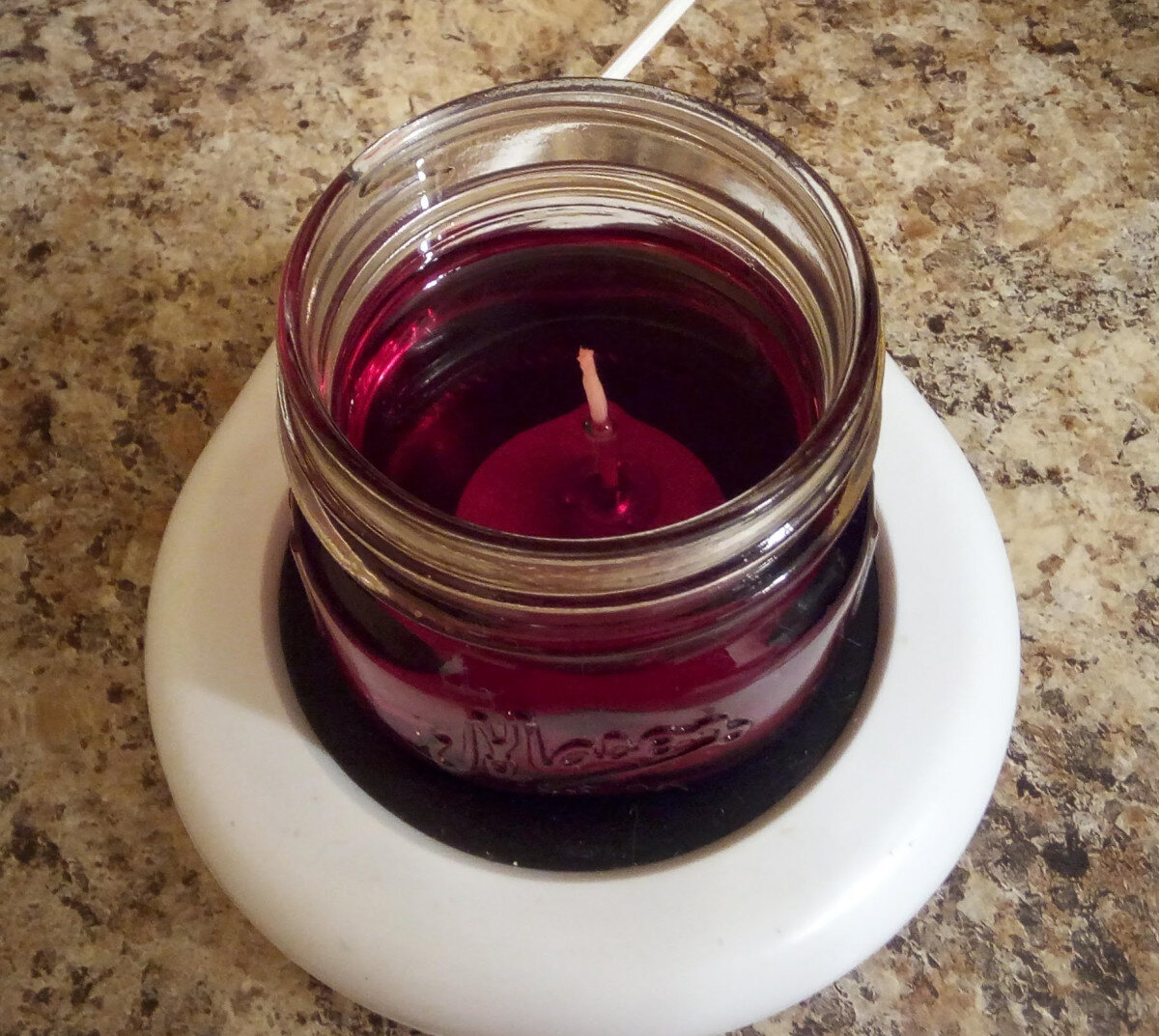

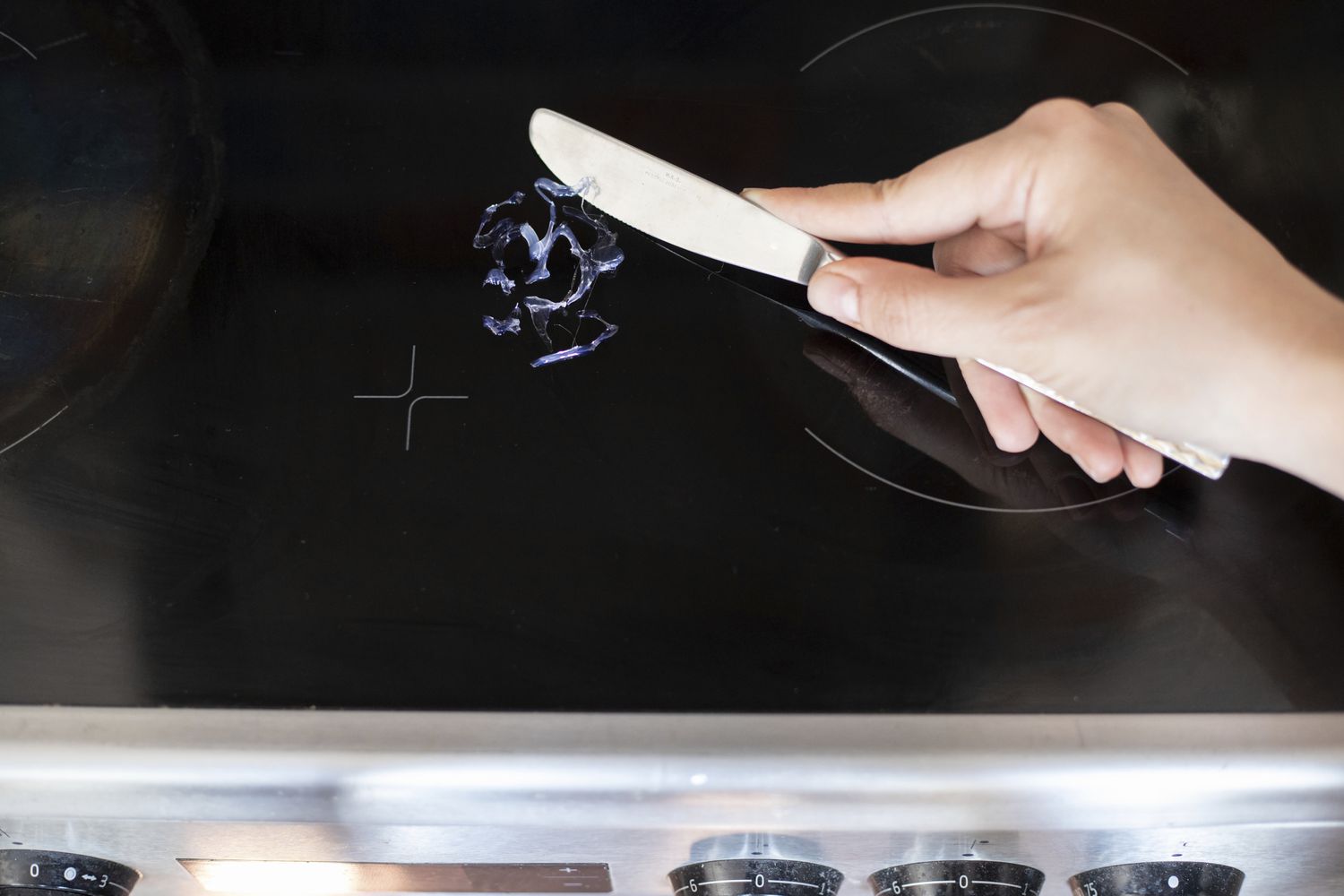
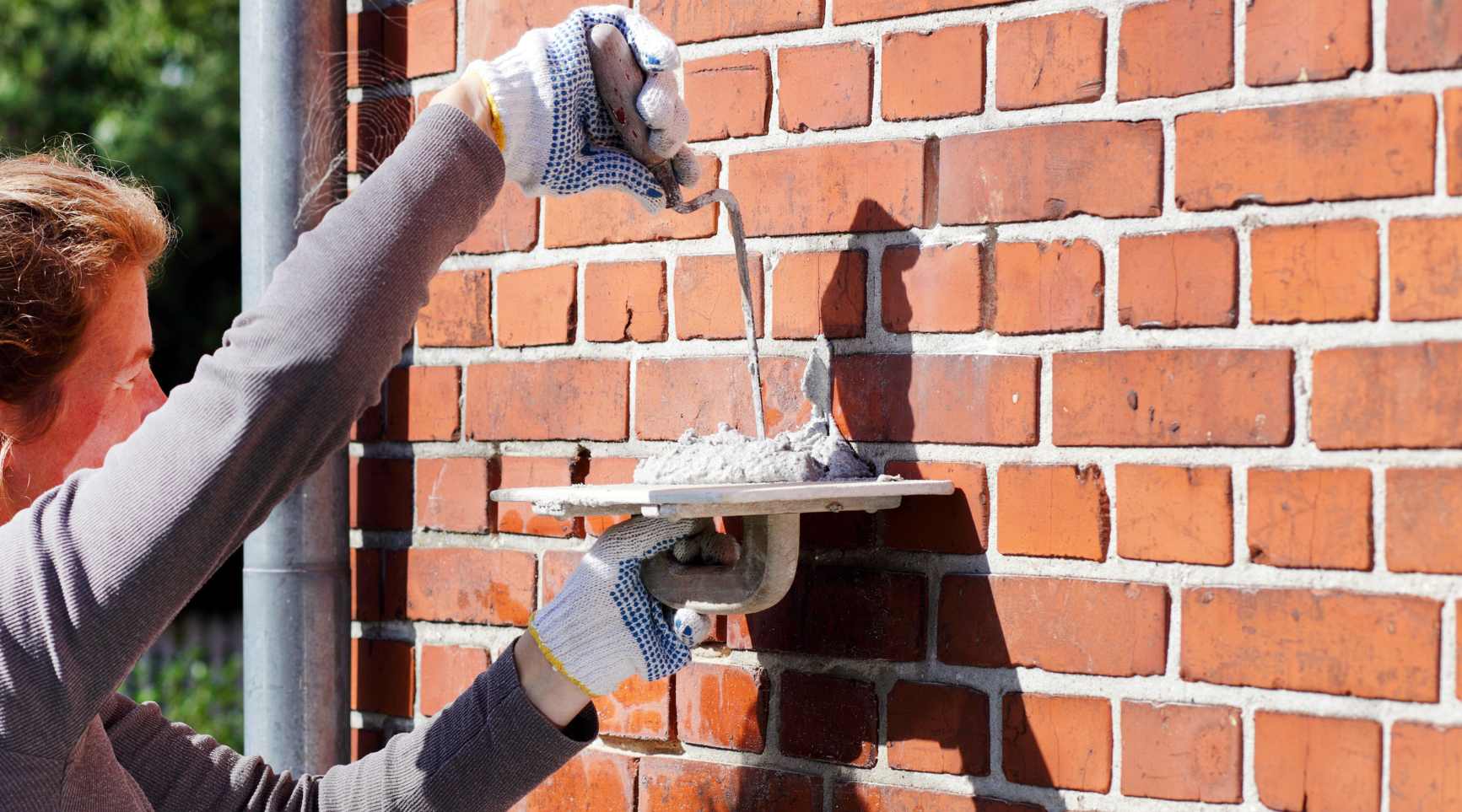

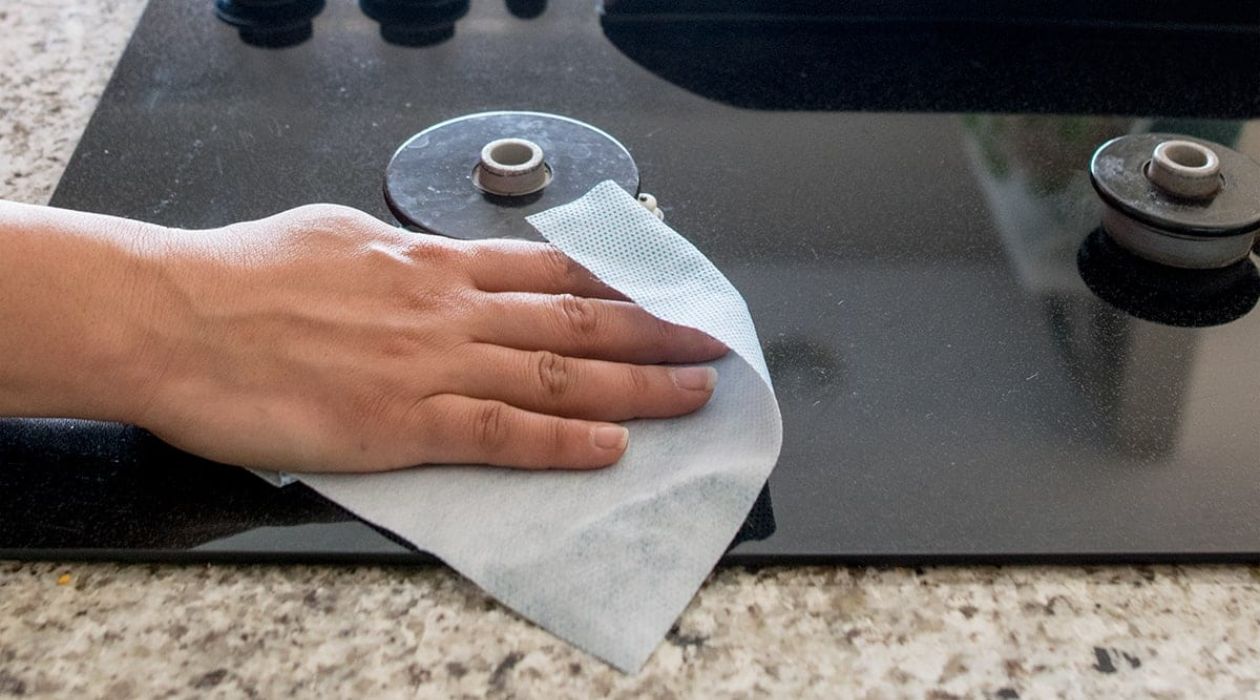
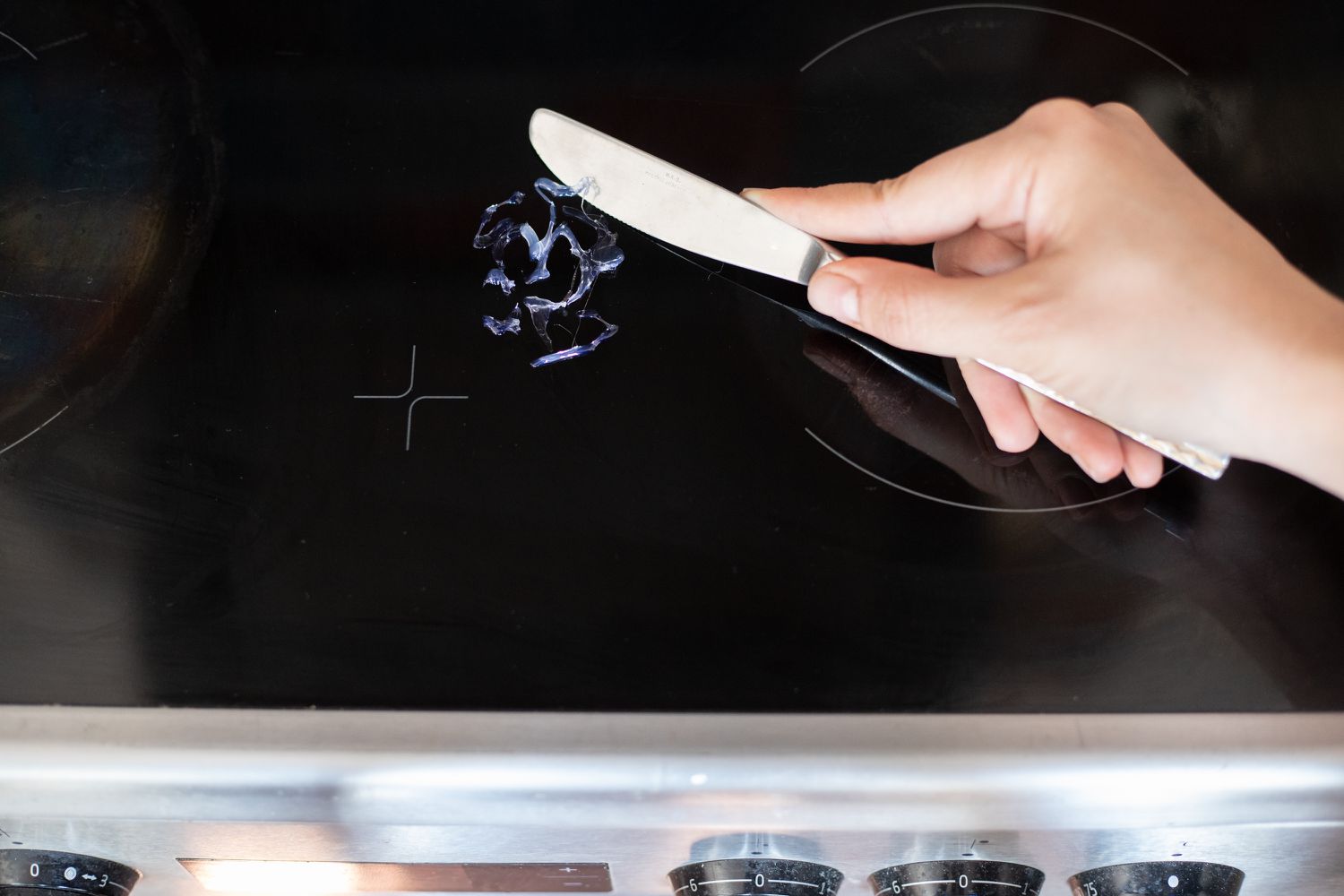
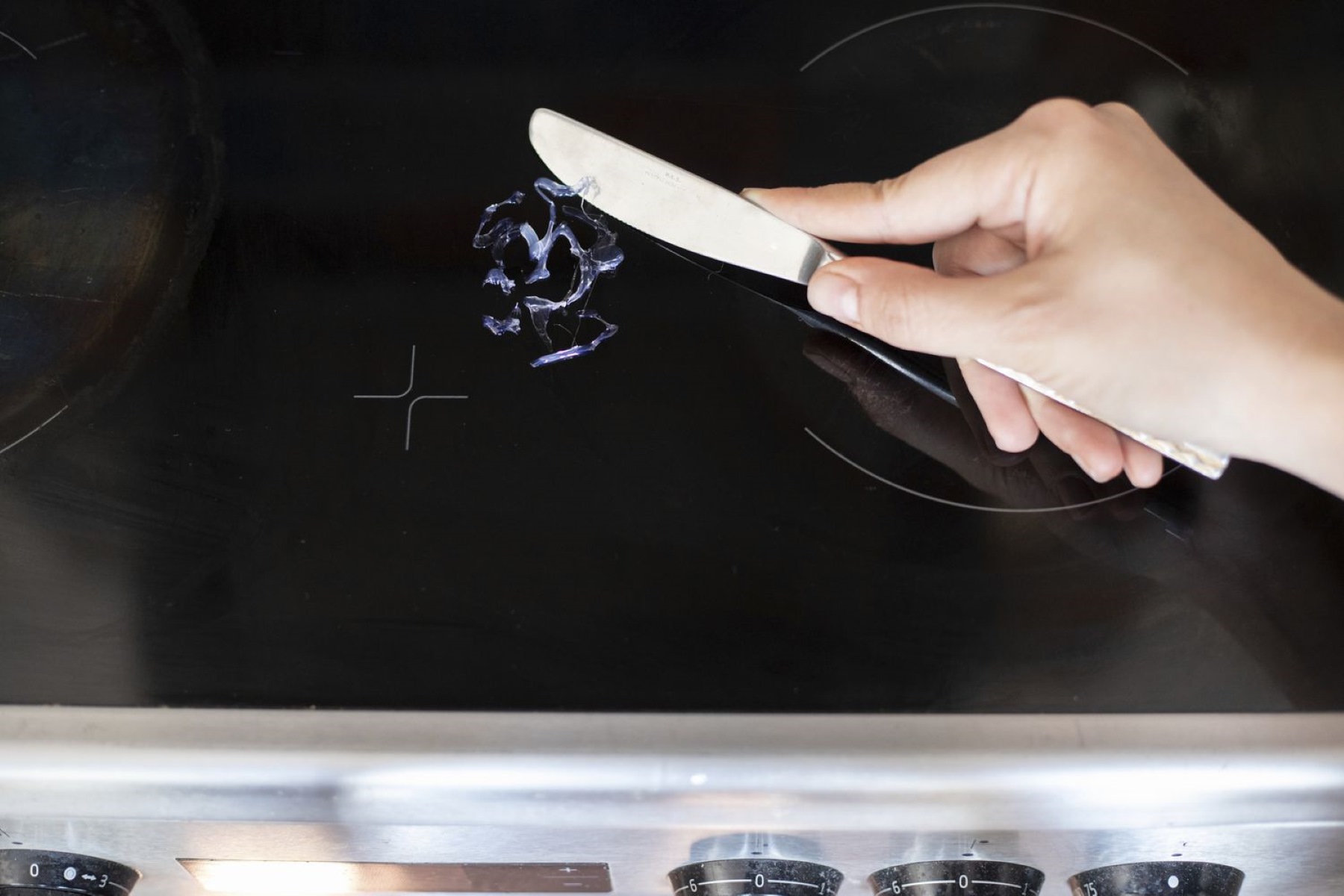
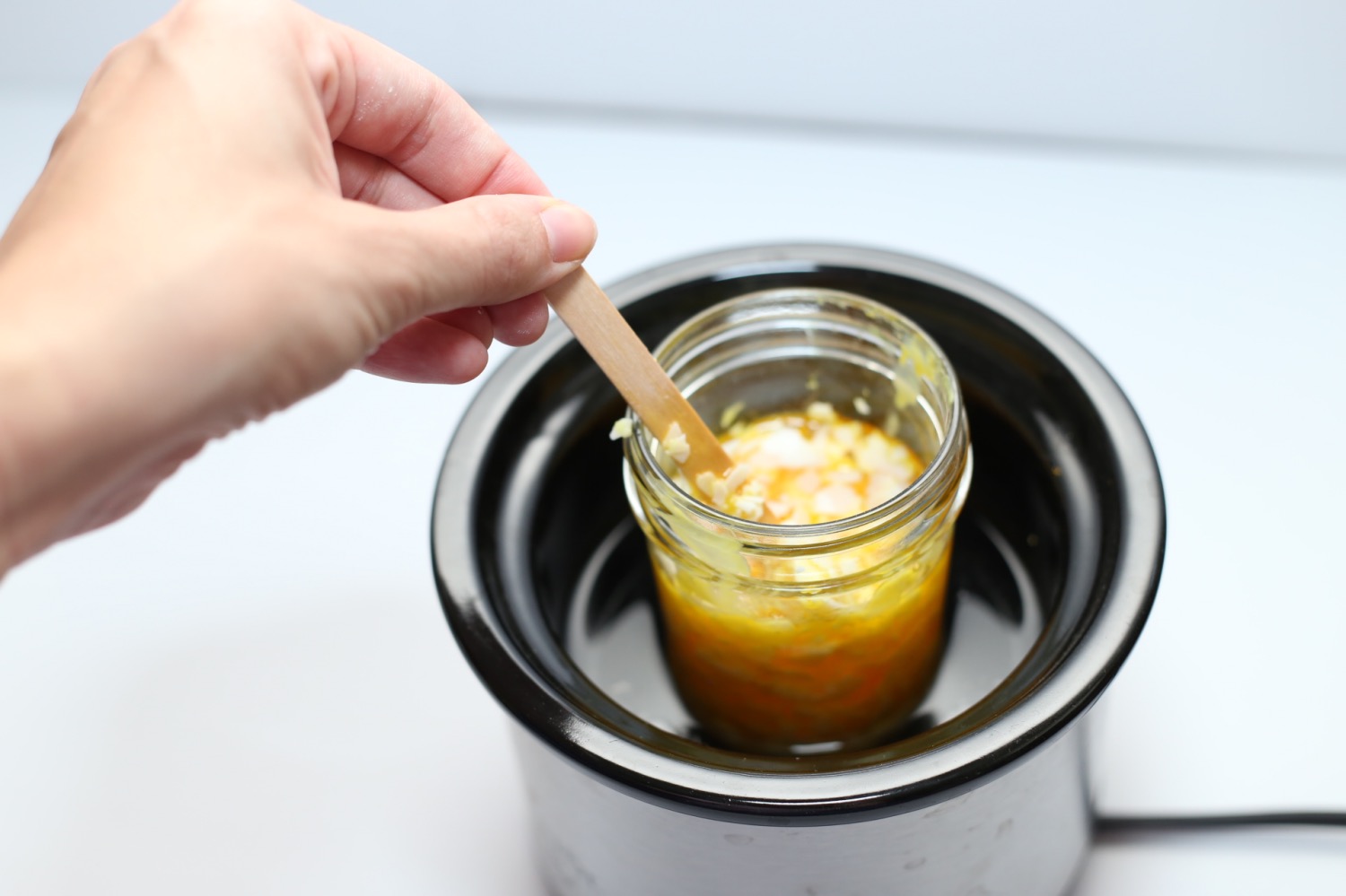



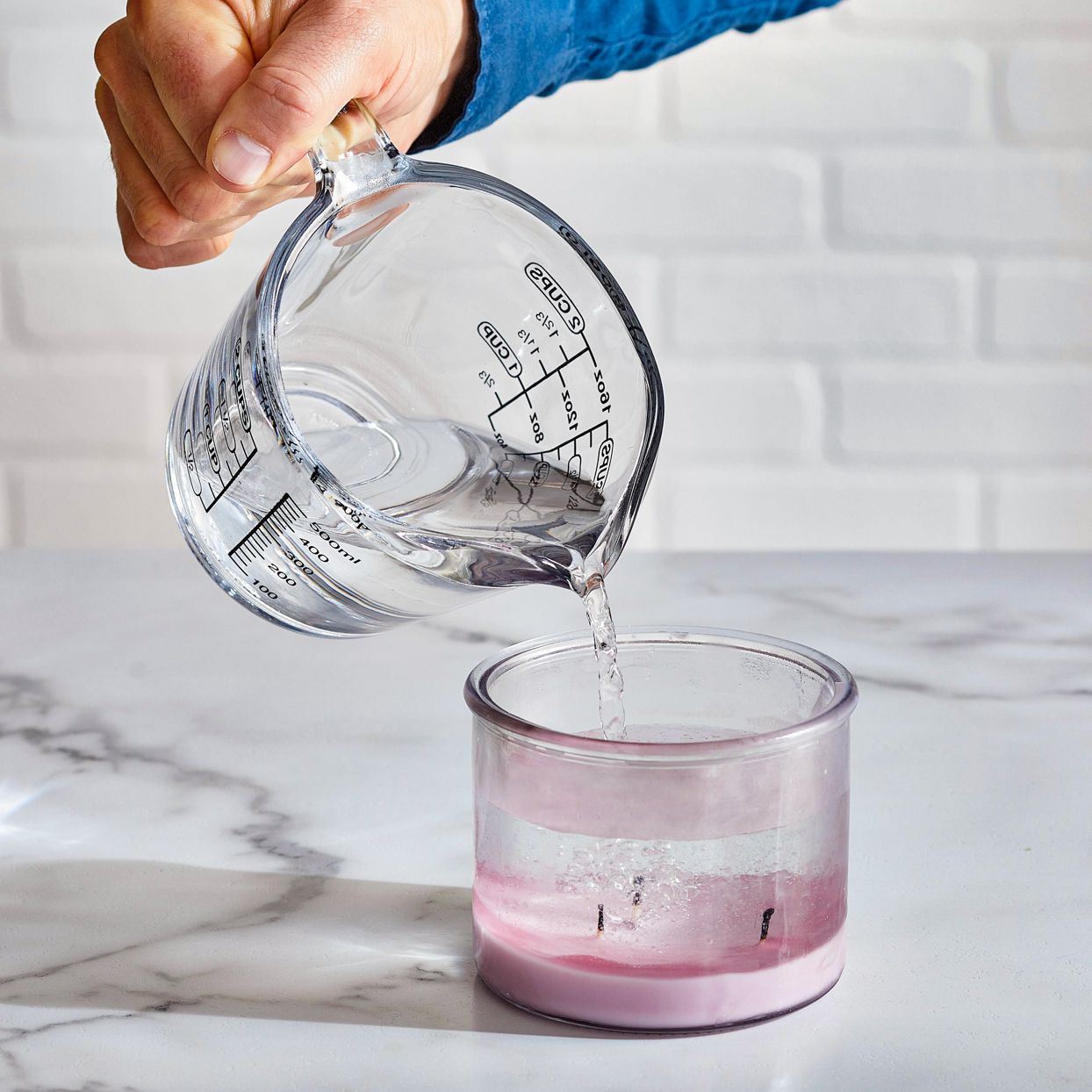
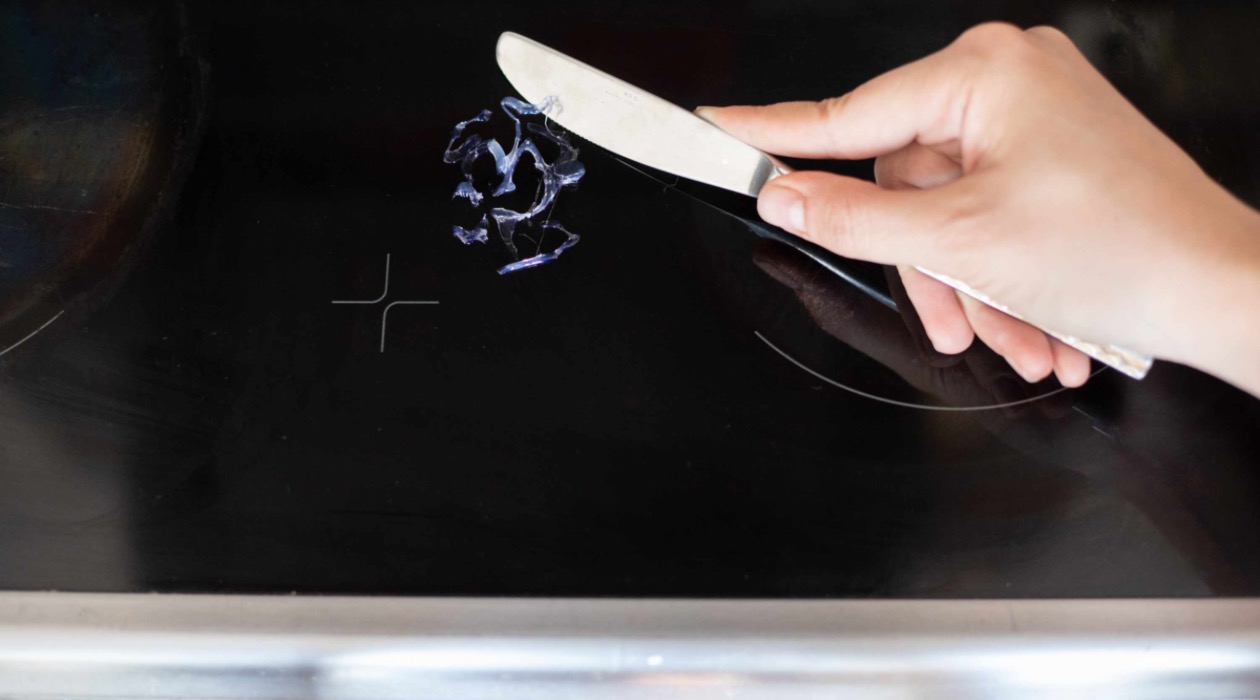

0 thoughts on “What Is The Melting Point Of Glass”